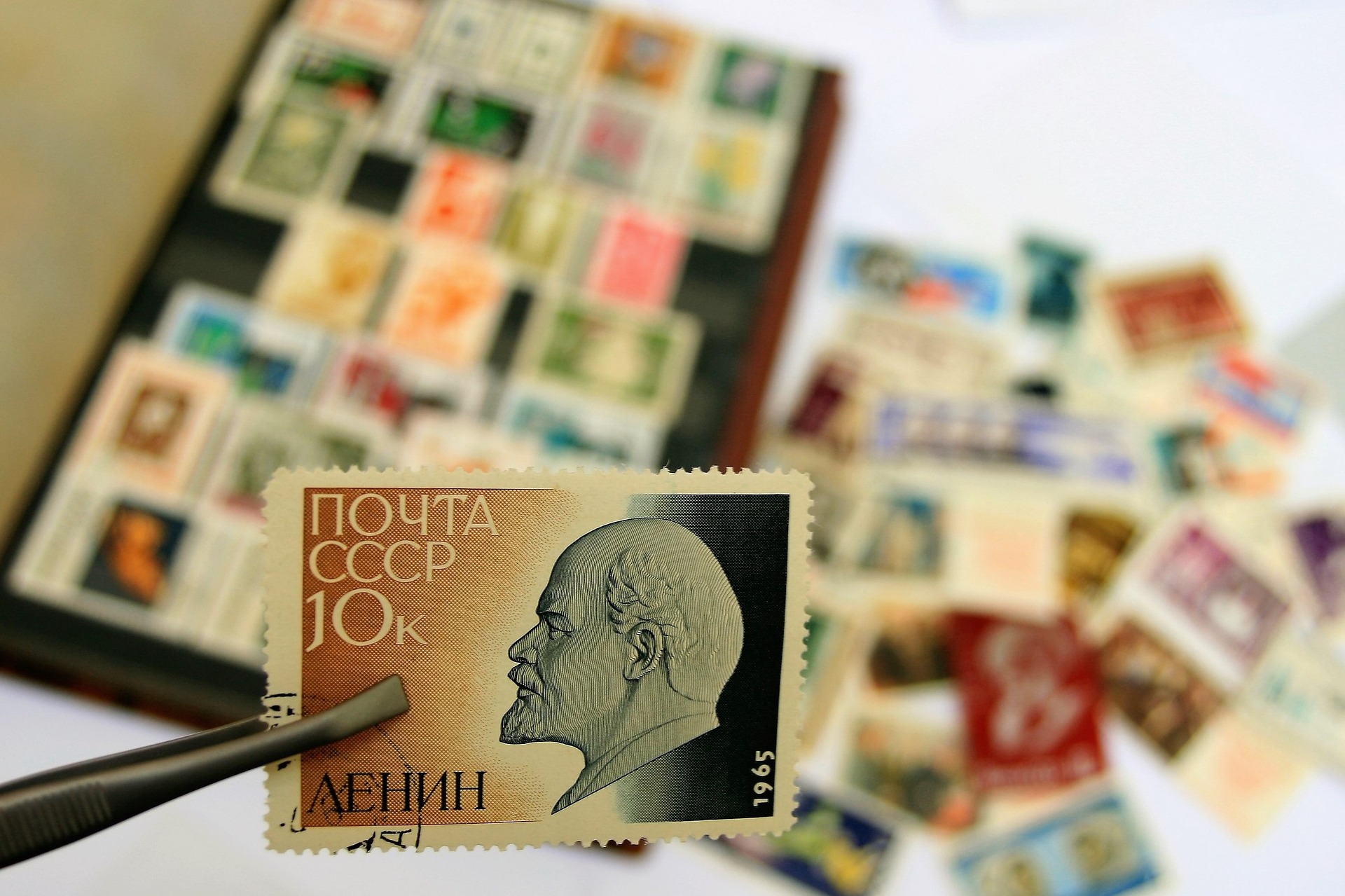We Dutchies love collecting: over two thirds of the Dutch participate in a loyalty program in which you save points or stickers. But why? Why are we all so enthousiastic about collecting? In this short blog we are going to take a look at the motives of the consumer and the influencing principles behind successful collect- and loyalty programs.
Why do we save?
According to research by inVotes approximately 58% of the Dutch population participates in two to four saving programs and 15% even in five to ten programs. Over half of the Dutch think using these saving programs is smart because you are saving for something extra while unnoticed. Two thirds of the Dutch population say: “Why would you not save if it is free?”. For 37% applies they save because it has become a habit. According to research in the US, a stunning 82,4% of the consumers prefer shopping at a company that offer a loyalty program.
The main reason consumer participate in saving and collecting campaigns is the hope to save money, but a lot of people also do it for the fun of collecting a full set of stickers or cards. Presumably the best-known example of this is the Albert Heijn bonus program. An example that is known worldwide is saving football-stickers to complete a full album, mostly used in retail. Another example of a saving campaign is the ability to save points which you can redeem in order obtain free products or discounts. Depending on the reward, this is another way to save money. The discounts might be for an amusement park you wanted to go to anyway or just a regular discount on products.
The psychology of saving
So what does actually happen in our brains in the process of saving? When we save for a purpose this automatically motivates us and gives us a good feeling. This is caused by the release of dopamine in the brains at the experience of challenges and rewards. Another important psychological part at the saving of points and collecting stickers or stamps is a set date of expiration. This triggers “the loss aversion effect” which stimulates the consumer to finish it’s collection or redeem the saved stamps/points before they become unobtainable. The accessory “endowment effect” states the emotion of losing something is twice as strong as winning something, causing the consumers to take action. The limited availability of the points, stickers or cards, usually ensures it to work better than an ongoing programs.
Combining offline and online
The customer card may be one of the oldest and widely used mediums for stimulating and maintaining loyalty. However, a lot of this is being replaced or combined with online additions. In the study mentioned before, they asked the public if they would rather have a fully online loyalty program. Over half of the respondents stated they still wanted the loyalty program to have some form of a physical aspect. The golden mean at this moment in time is omnichannel, a combination of on- and offline. A neat example of this is a card that shows additional information or activates with the use of augmented reality. In this way, online and offline strengthen each other. This not only leads to higher amount of measurability but also more freedom for creativity in the implementation.
Collecting promotions more and more attractive
A popular version of a collecting promotion, mainly in retail, is the use of children-collect-promotions. With this form of promoting the retailers hand out so called sticker packs or cardpacks to save and collect by the kids. The retailers usually put things like footballplayers, famous or local, cards with animals, action figures and geographic hotspots or special places on these cards and stickers. During these promotions a lot of kids are in front of the supermarkets like hordes, asking everyone leaving the supermarkets if they can have their cards or stickers. This clearly anticipates to parents with (young) children, testing how far they are willing to go for their children. Supermarkets, and retailers in generals, do this to stimulate the consumers to shop at their company. For years, this has been an enormous success in the Netherlands and tons of other countries and keeps gaining popularity, even locally.
So, loyalty programmes in which consumers can save and collect work enormously well for both the older consumer and their children. They can save for discounts and discounts or for the sole joy of collecting and finishing an album with cards and stickers. Research has showed consumers would like to have their loyalty programs expanded with online additions like an app. This gives companies countless ways to improve their programmes and disitinguish themselves from competitors, mainly through originality and creativity. At the moment, the best option for a successful loyalty programme is a combination of online and offline, using creativity to integrate the media and surprise the customers.



 NL
NL 

